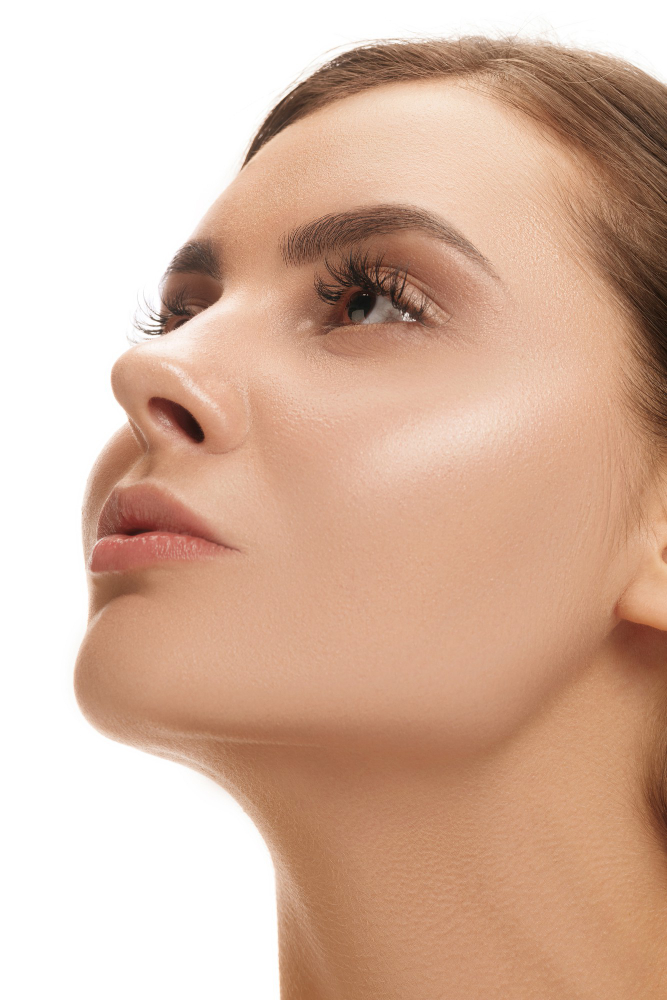Rhinoplasty
- Home
- Rhinoplasty
Rhinoplasty, commonly known as a nose job, is a surgical procedure aimed at reshaping the nose to improve its appearance or function. It is one of the most popular cosmetic procedures worldwide, sought by individuals who are unhappy with the size, shape, or symmetry of their nose. Rhinoplasty can address various concerns, including a prominent dorsal hump, a crooked nose, a bulbous tip, or a deviated septum that affects breathing.
The procedure begins with the surgeon making incisions, typically inside the nostrils (closed rhinoplasty) or across the columella (open rhinoplasty). Through these incisions, the surgeon can access the underlying bone and cartilage to sculpt the nose to the desired shape. Cartilage grafts may be used to augment or support the nasal structure. Once the reshaping is complete, the incisions are closed, and the nose is splinted to support the new shape during the initial healing phase.
Most patients can return to work and light activities within a week, although strenuous exercise should be avoided for several weeks. It may take several months for the full results of rhinoplasty to be visible as the swelling gradually subsides and the nose settles into its new shape. Overall, rhinoplasty can have a significant impact on a person’s appearance and self-confidence, providing a more harmonious facial balance.
Nose Job Surgery
Rhinoplasty, commonly referred to as a “nose job,” is a cosmetic surgery procedure that aims to enhance the appearance of the nose. This can be achieved by reshaping the nose to improve its size, shape, or proportions, resulting in better facial harmony and overall aesthetic balance. Rhinoplasty can also be performed to correct structural issues that may be causing breathing difficulties or other functional problems.

How Does a Nose Job Work?
During a nose job, the surgeon makes incisions to access the underlying nasal structures. Depending on the desired outcome, the surgeon may remove or reshape cartilage, bone, or tissue to achieve the desired nasal shape and size. Once the reshaping is complete, the incisions are closed, and a splint is applied to support the nose as it heals. The entire procedure typically takes a few hours and is performed under general anesthesia.
Recovery After Rhinoplasty
After rhinoplasty, patients can expect some swelling, bruising, and discomfort, which can be managed with pain medication and proper care. Most patients can return to work and normal activities within a week, although strenuous activities should be avoided for several weeks. It may take several months for the full results of rhinoplasty to become apparent as swelling subsides and the nose heals. By reshaping the nose, rhinoplasty can create a more balanced and attractive facial profile, boosting self-confidence and overall well-being. If you’re considering rhinoplasty, consult with a board-certified plastic surgeon to discuss your goals and determine if this procedure is right for you.

